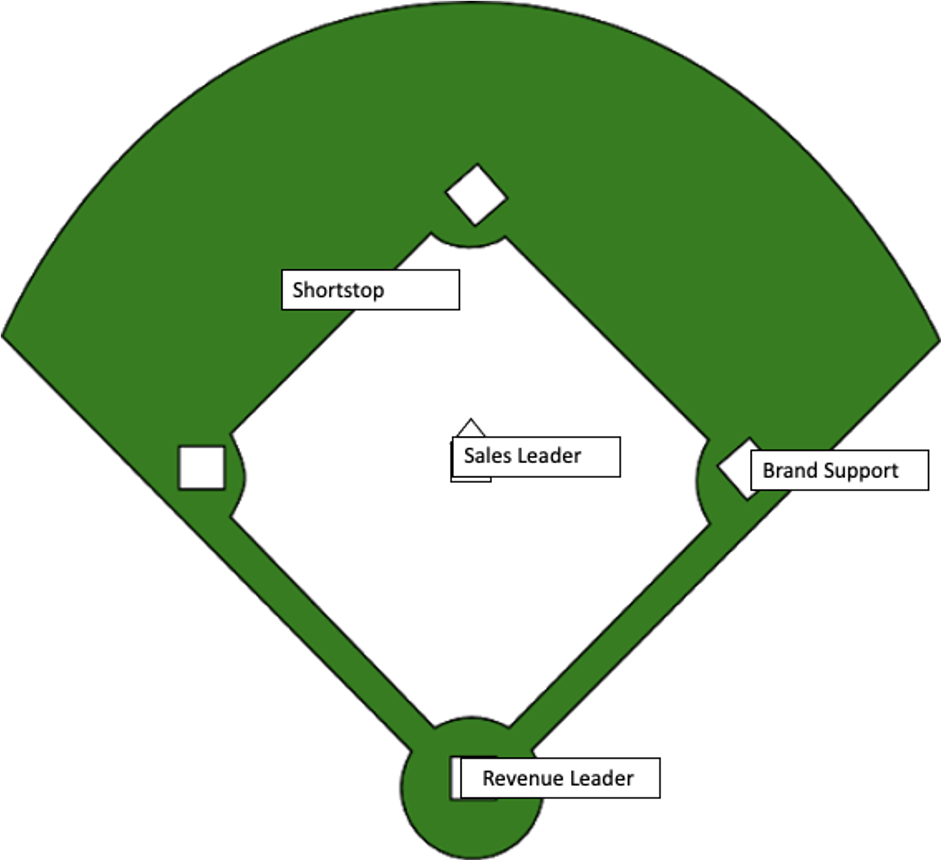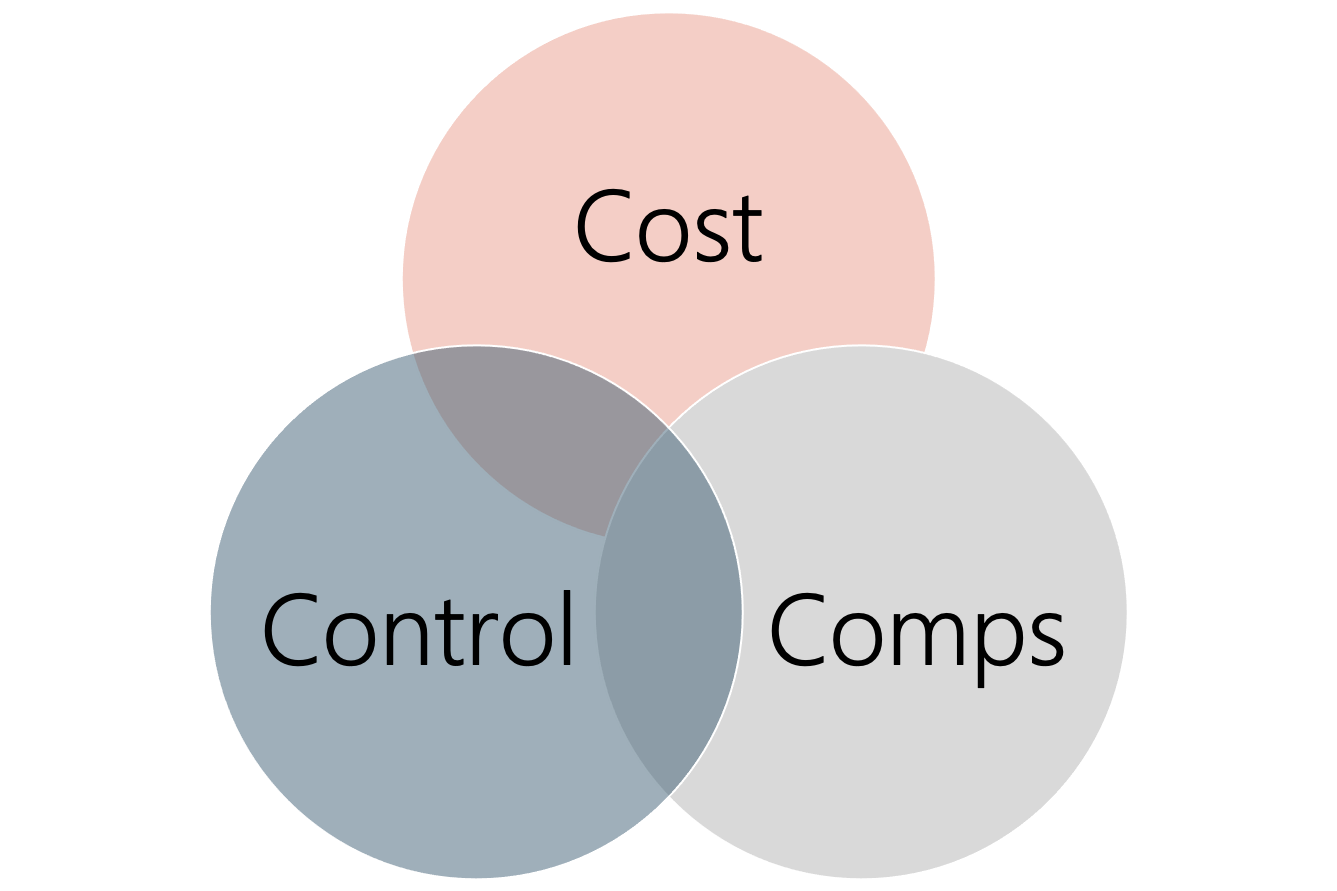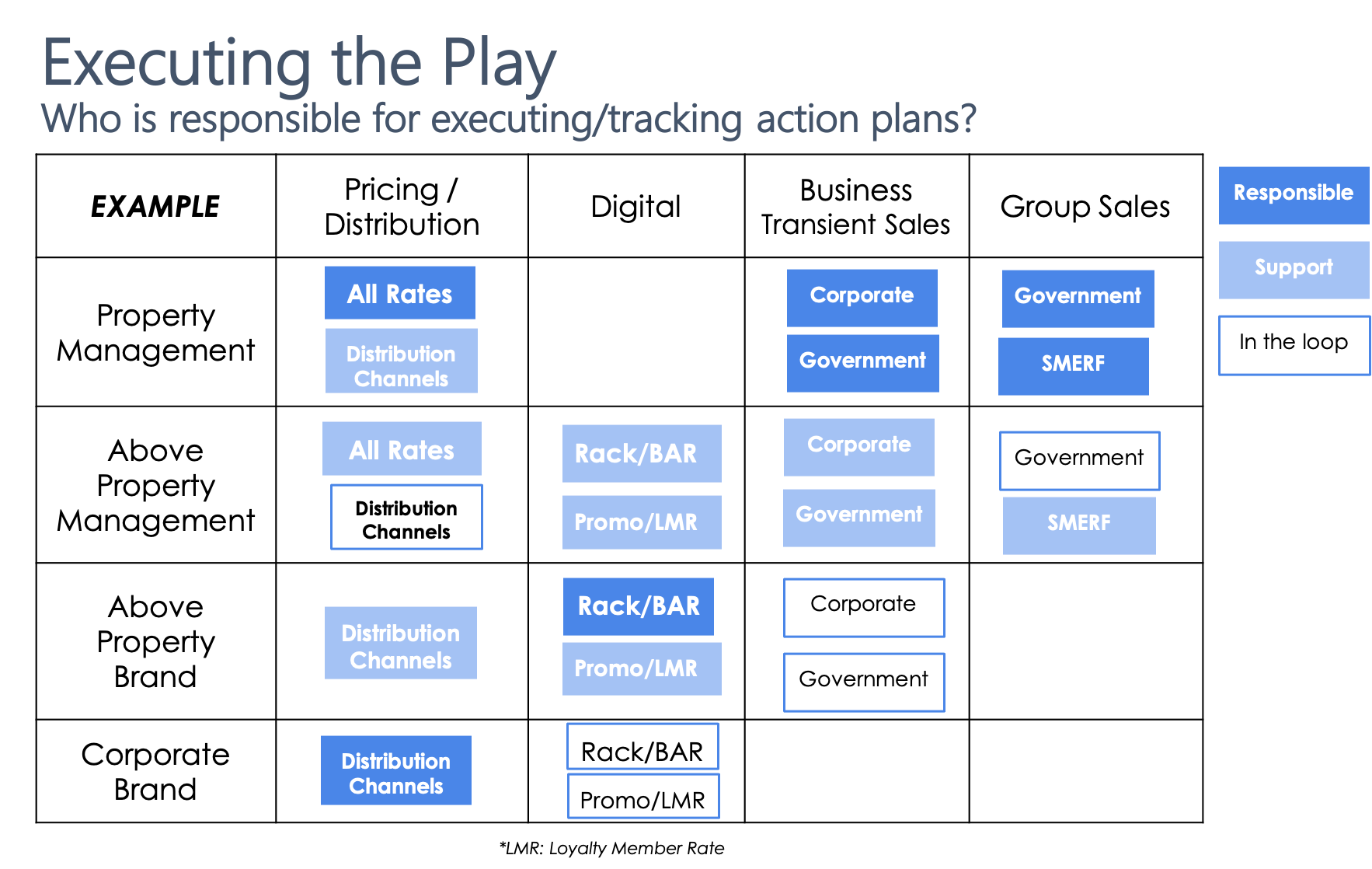In our dynamic industry, the challenge of adopting a proactive versus a reactive approach in...
Blog
IN PLAY and ON DECK:
The Commercial Strategy Playbook, An Imperative Driven by Digital Disruption
by Jennifer Hill and Cindy Estis Green
Special events like the MLB All-Star Game in Denver are back in full swing for most markets, and our industry finds itself faced with some of the biggest challenges ever presented as travel begins its return in earnest.
As sustained recovery begins for most hotels across the United States, hotel teams, corporate support organizations, and headquarters teams are faced with an additional challenge: a smaller, leaner team in terms of sales, revenue, and marketing support.
Imagine a baseball team. In the past, winning revenue generation teams had a full view of the “field” - the market and hotel trends for rate category and channel, day of week, length of stay, and booking lead time (this is the catcher position). Then, imagine that the rest of the team filled out the other infield positions: sales, marketing, and brand support. The revenue team tracked stats to understand the upcoming hitters - knowing their stats, history, profiles, and likelihood to return (or hit a homerun).
In the past, the revenue leader called the plays and the sales leaders delivered the pitch. Marketing led the communications effort and the brand support could serve to make all the other players better.
While this was an effective way to think about hotel revenue generation for a long time, there’s a new set of rules that call for an evolution in the commercial framework, a discipline that is emerging called Commercial Strategy.

What is Commercial Strategy?
Commercial Strategy describes the business plans that will drive the tactical actions intended to optimize the performance of a hotel or group of hotels. Legacy roles at every level in revenue management, sales (group and business transient), and digital marketing/ecommerce are now part of a team that must act in concert to address all aspects of commercial strategy. The Commercial Strategy team will integrate revenue generation and spending decisions across all revenue disciplines.
Commercial Strategy at Bat
The impact of the pandemic required the industry to acknowledge a new world order. This different approach means surgically targeting opportunities so a hotel can be more efficient about generating its revenue shifting the teams focus from solely on top-line revenue to profit contribution. It is about choosing the best targets to pursue rather than going after everything that may exist in a market or going after the same business that has been targeted for the last 5 years. It means reviewing all funds and personnel deployed to ensure the costs are closely managed and that they align with the best opportunities. While many sales and revenue teams are highly functioning, the post-COVID environment has changed consumer behavior and has reduced staffing levels in all commercial disciplines. By assessing the continual shifts in market opportunities, inevitable throughout the recovery, along with a laser focus on controlling costs (similar to the way labor costs are managed), the team will have a fresh perspective that always points to the all-important objective of profit contribution.
The Commercial Strategy Playbook
There are three critical components of digital disruption driving the imperative for Commercial Strategy: the 3 Cs: Cost, Control, and Comps.

This relates to the cost of customer acquisition, control of the customers and what a hotel uses as a benchmark to most accurately judge performance within a market, submarket and comp set. A playbook that includes these three components will also drive changes in the way hotels execute in 3 major ways:
1) Organizational Structure. It’s critical to update the view of a hotel’s revenue generation team as one unit addressing all the areas of Commercial Strategy: Revenue/Commercial Analysis, Sales Deployment, and Digital Marketing Spend. Adopting this new team structure will yield higher returns for a hotel or group of hotels, leveraging critical skill sets that have been traditionally siloed.
2) Budget. The Commercial Strategy team has one playbook and one pool of funds. Acquisition costs vary widely, rising from 15%-25% in 2019, and during past downturns, OTA commissions and other third party marketing costs ballooned. The new commercial team will need to be focused on winning by examining all realistically available opportunities, assessing the impact of the opportunity to the game, and deploying the appropriate resources/tools (funds) against it.
Acquisition costs can be more effectively managed when budgets and teams are aligned to one goal and thinking about their expense budget line items as one pool of funds. Experts should still be the key players in their positions, but everyone should be working toward the same goal.
3) Performance Assessment. Another important consideration is that goals and objectives for the team have to apply for all team members, including capturing the opportunity and managing costs. Get those stats up by focusing on integrating revenue, sales, digital marketing leaders with brand, regional, and local market support and initiatives.
Performance assessment also includes updates to the way hotels compare their performance to their competitors. Hotels can no longer focus “in league,” and have to consider all potential competitors to identify opportunities, targeting hotels by the type of business they compete with them for instead of solely basing competitive decisions on size, location, brand, full- or select-service, etc. Many hotels are competing up- and down-market with the recovery playing out differently in every destination.
Ownership Goals
Like a baseball team, hotels and groups of hotels have key stakeholders interested in their overall performance and success. Commercial strategy is the right fit for addressing owners’ concerns about the investment of funds and alignment of spending on the right targets and opportunities.
This is most commonly achieved by aligning the funds with a planned optimal business mix target. That means a hotel has a target for each channel, such as OTA, Brand.com, and GDS, as well as each rate category: Rack/BAR, Promotion/Loyalty Member Rate, Corporate, Government, etc. The resource pool is based on segment and channel targets, and is capped for cost control, based on strategies set and agreed upon by the whole team.
In an increasingly digital marketplace, the team has to focus not only on sourcing the right demand, they have to be as efficient as possible in capturing the demand based on what is available in the market. This shifts the team’s focus from a top line goal to a strategy focused on flow-through and profitability. In a post-COVID world where contribution to profit is mission critical for owners covering debt service, the commercial team has to get the business that is available but they have to consider how much it costs to acquire it too.
The Players
The commercial analysis leader synthesizes data and develops key insights in cooperation with other discipline leaders, participating in all decisions with recommendations on overall pricing, inventory, and distribution strategies. This may prove to be a shift in the revenue manager role to provide additional input for the sales and digital tactical plans where there may be as much or more upside than the traditional focus on rates and inventory.
The sales leader proposes deployment of staff and initiatives for group, business transient, and leisure sales targets, participating in decisions around digital and other marketing initiatives. The sales leader, as an active member of an integrated commercial strategy team may also provide feedback and agreement or suggestions for pricing and inventory decisions.
The digital marketing leader establishes primary communication and content for brand, direct, third party, and other marketing targets, deploying media funds, and also participates in team decisions around general deployment and overall pricing and inventory decisions.
Every team member plays a critical role in understanding the competitive landscape, not focusing solely on a small group of competitors in their immediate geographic area or certain size of hotel, but all competitors based on their own strengths and weaknesses in each segment and channel.

Successful Team Leadership
A successful commercial strategy team will be working together to identify realistic opportunities, quantify those opportunities and rank them, define the pool of funds, align funds and resources with the opportunities, take action, and then monitor progress and success.
The members of the team have to effectively research and understand the competition, collaborate on creative solutions, and support all players in the field in their tactical execution against existing opportunities. Assignment of each role and leadership of the team may vary based on the skill sets available. Winning Commercial Strategy teams will operate with one target in mind: profitability. This is achieved in aligning strategic and tactical actions with an agreed pool of resources/funds, having each expert execute in their area from the commercial strategy playbook built by the team.
Read on Hospitality Upgrade.



